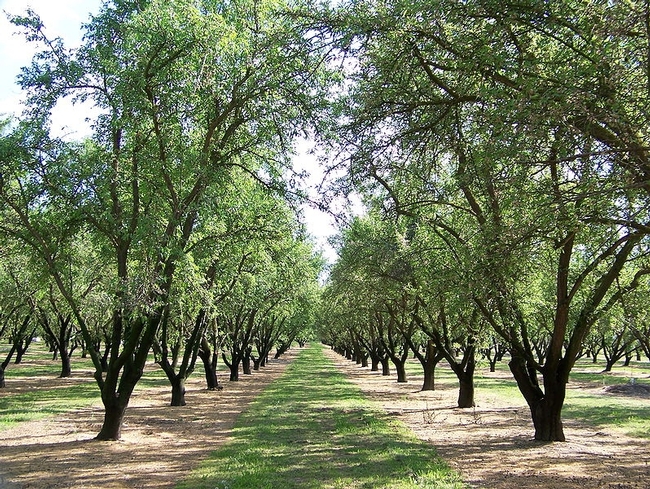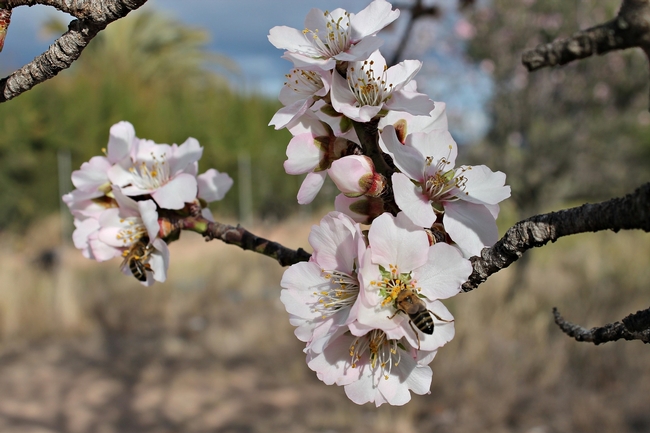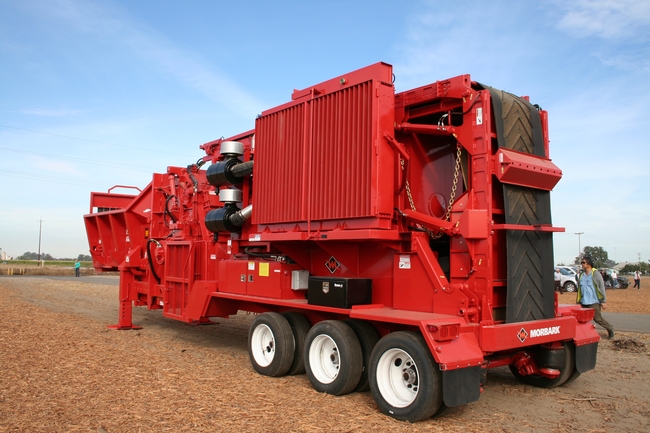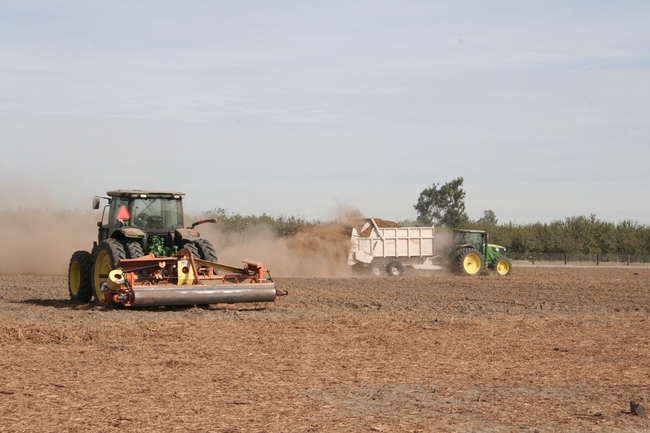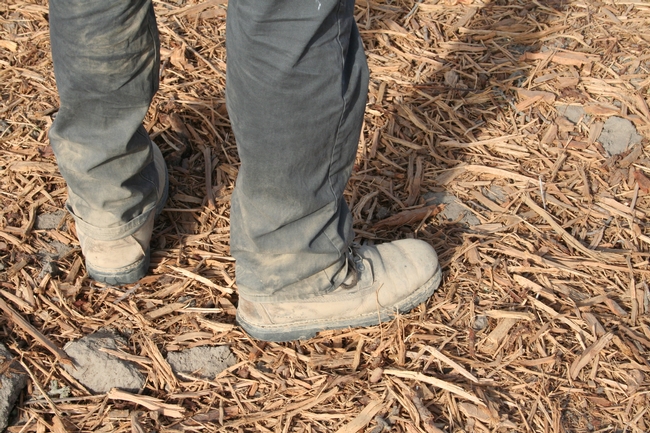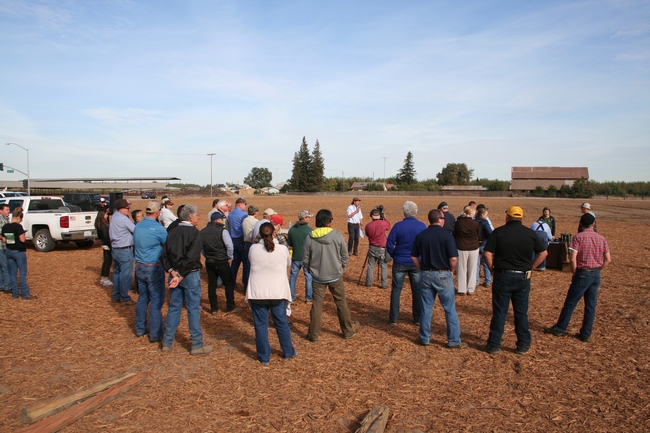Posts Tagged: almonds
Interview With Tree Breeder Tom Gradziel
Tom Gradziel Breeding trees takes a long time, says Tom Gradziel, a geneticist at the University of California, Davis. He knows this...
Internet start-up gleans trust from association with UCCE
Ceres Imaging, an Oakland-based start-up, is working closely with UC Cooperative Extension on its aerial imaging of farm fields, a fact that is helping the company gain trust by association, reported Emma Foehringer Merchant on Grist.org.
Ceres puts equipment on low-flying airplanes to take pictures that will help farmers optimize water and fertilizer application. According to field tests, the imagery works. Since 2014, Ceres has teamed up with UC Cooperative Extension to conduct field trials, including one for the Almond Board that measured the response of nuts to different rates of watering.
In that study, data from Ceres' imaging matched well with the UCCE ground "truthing," said Blake Sanden, UC Cooperative Extension water and soils farm advisor.
According to the article, "Ceres' relationship with the extension program has helped the company gain trust with sometimes-skeptical farmers." Sanden called UCCE trials the "gold standard of efficacy" for new products in the ag market.
There is also increased interest in precise water management after years of drought and cutbacks on federal water allocation.
"The attitude (among farmers) used to be, 'I can find water,'" Sanden said. "I would say that 30, 40 years ago, there was an attitude of hope ... that some of the restrictions on pumping water (would) go away." He said growers expected decision-makers "to come back to reality and understand that we've got to make money in California and grow food."
But the restrictions didn't go away. Instead, they became stricter. The uncertainty about water deliveries has made farmers friendlier to new technologies, like the one offered by Ceres.
The 2017 tree nut and fruit season begins with a mixed bag
Wet and wacky winter weather may wreak havoc on the almond crop, but UC Cooperative Extension advisor Franz Niederholzer has promising words for farmers concerned about adequate pollination, reported Heather Hacking in the Chico Enterprise-Record.
“You don't need them to all be pollinated,” he said. A pollination rate of 40 percent would make a great year. Twenty five percent will still produce a decent crop.
The heavy rain, wind and cold temperatures that have characterized January and February 2017 could be overcome with just a bit of warm, sunny weather. In Chico, the weekend of Feb. 11-12 were sunny, as was Saturday the 18th. Those were good days for bees to fly.
Fungus is also a concern, said Danielle Lightle, UCCE advisor in Glenn County. Typically farmers watch the weather and spray fungicides before it rains. However, the persistent rain made orchard floors muddy, unfavorable conditions for moving heavy spray rigs.
Farmers who have been in the business for a while know that the golden rule is to “control what you can and let go of what you can't,” Lightle said.
Bees Are Back Pollinating the Almonds
It's almond pollination season in California but the weather refuses to cooperate. Heavy rains, high winds, intense flooding. What are the bees to...
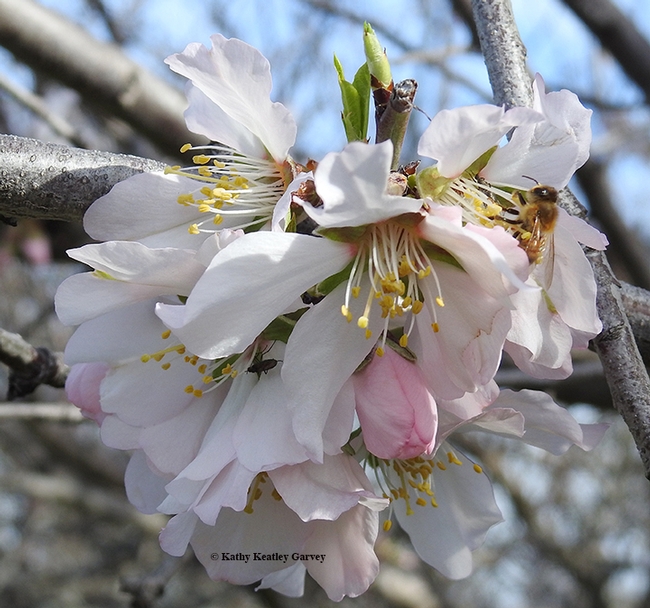
A honey bee foraging on a feral almond tree today (Feb. 10) in Pleasants Valley, Vacaville.(Photo by Kathy Keatley Garvey)
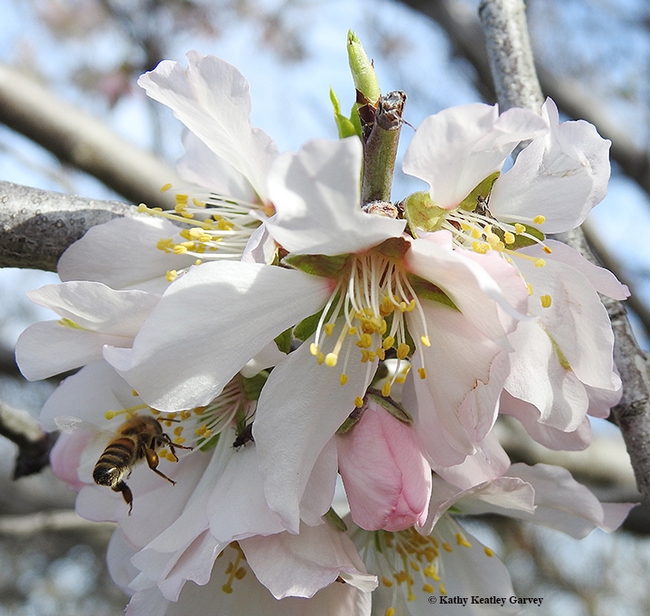
A pollen-packing honey bee heads for another almond blossom. (Photo by Kathy Keatley Garvey)
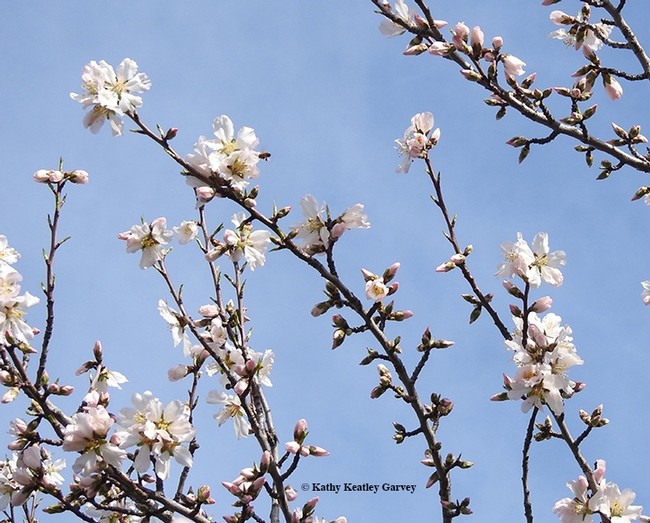
Blue skies, almonds blooming, bees buzzing--and all's right with the world. (Photo by Kathy Keatley Garvey)
Planet-friendly orchard recycling makes money sense
The numbers are beginning to trickle in confirming UC Cooperative Extension advisor Brent Holtz' hunch. Chipping and returning expired almond orchards into the soil where they grew is not only environmentally sound, it is economically smart.
(View a three-minute video of the machinery in action at the end of this post.)
After about 20 years, almond orchards' productivity and vigor begin to decline. Most farmers remove the old trees and plant younger, more vigorous replacements to keep up almond production.
In the past, old trees were easily and cheaply disposed of: they were pushed into a pile and set on fire. Air quality regulations have all but eliminated the practice.
At first, grinding the trees and sending the chips to a co-generation plant was a farmer's preferred option. The companies that used biomass for electricity generation paid an acceptable sum – about $600 per acre – for the wood chips, which helped offset the cost of chipping and hauling the trees off the property.
However today, electrical utilities are looking for clean, renewable energy sources like wind and solar.
“Cogeneration plants burn wood biomass, which still releases carbon dioxide and methane into the atmosphere,” Holtz said. “Many are losing contracts and shutting down.”
Holtz sought another cost-effective alternative, and believes incorporating the wood into the orchard floor may be the answer. Although initially expensive, adding $400 per acre to the $600-per-acre cost of chipping the old trees, the organic matter and nutrients released by the woodchips over time appear to boost yield to a level that covers a chunk of the cost.
In preliminary research, Holtz found that almond orchards where old wood was incorporated into the soil were averaging about 1,800 pounds of meat nuts per acre, while the orchard where old trees had been burned averaged 1,600 meat nuts per acre.
“Almonds sell for about $2 to $3 per pound. To have a 200-pound average yield increase per acre, you've made up the cost of incorporating the wood in just one year,” Holtz said. “It would be even more affordable if farmers can sell carbon credits for the biomass that they sequester in the ground.”
Holtz recently demonstrated two approaches for incorporating almond trees into the soil. The first, which was also used in the study eight years ago at the UC Kearney Agricultural Research and Extension Center in Parlier, is a 50-ton rock crusher called the Iron Wolf. It lumbers down the tree row, grinding up whole trees in place, then reverses over the mangled wood to incorporate it into the ground.
“We thought this one-machine process was the answer,” Holtz said.
G & F Ag Services in Ripon, which has made a business of chipping and hauling almond wood to a co-generation plant, conceived another plan. It modified a manure spreader to spray ground-up wood chips across the orchard floor. Holtz worked with Manteca farmer Louie Tallerico to give the new process a spin.
“This required five different machines working together compared to one Iron Wolf. In this process, the trees have to be excavated by an excavator, then hauled to the wood chipper with a front-end loader. The trees have to be fed into the wood chipper, then the wood chips have to be spread on the orchard floor,” Holtz said. “Another machine, a disk or roto tiller, incorporates the chips into the soil.
The five machines combined are a tremendous time saver.
“The Iron Wolf could do about two acres per day,” Holtz said. “This process can do 15 or 20 acres per day.”
Tallerico opened his farm for a field day in October to demonstrate parts of the process to other farmers and industry representatives. Participants stood on layer of fresh-cut wood chip mulch where a full-grown almond orchard stood just weeks before. The spreader demonstrated the ease with which the wood chips are dispersed evenly across the orchard floor, and a tiller mixed the wood chips into the soil.
The Tellarico orchard will now be the site of research – funded by the California Almond Board – to be conducted by Holtz and a team of scientists interested in documenting the growth and development of the new almond orchard among the remnants of its predecessor.
“In the previous study, three years after incorporating the old trees into the soil we started to see the nutrient benefit,” Holtz said. “This was done at Kearney, where we incorporated a peach orchard that had about 30 tons of organic matter per acre. Almond trees are larger, so here we have 86 tons of organic matter being returned to the soil.”
In the new study, the scientists will determine whether the nutrient benefits found in early research still hold true, whether the wood chips in the soil stunt the new orchard or boost its growth, whether the new orchard suffers from replant disease, and the fate of good and bad nematodes (tiny soil-borne worms) in the new orchard.
“We will also study the carbon budget and continue the life cycle assessment of almond with this practice, to better understand the benefit of these processes,” Holtz said.


